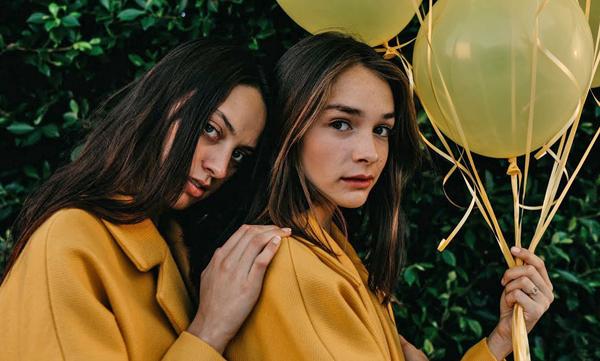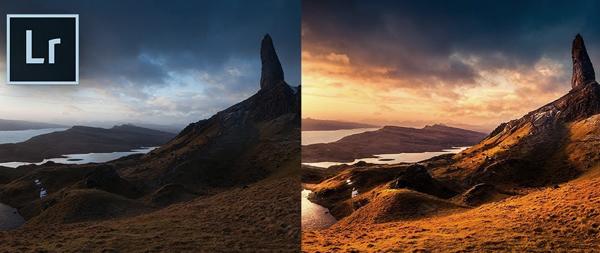Photo How To
Sort By: Post Date TitlePublish Date
Photo Basics: Learn Why the Colors in Your Photos Have a Big Impact on How They’re Perceived (VIDEO)
|
Oct 16, 2017
|
Oct 13, 2017
|
Oct 13, 2017
|
Oct 13, 2017
|
Oct 10, 2017
|
Oct 09, 2017
|
Oct 09, 2017
|
Oct 06, 2017
|
Oct 04, 2017
|
Oct 03, 2017
|
Oct 02, 2017
|
Sep 29, 2017
|
Sep 28, 2017
|
Sep 27, 2017
















